Quantitative Research Design: Oil and Gas Project Investment Decisions
VerifiedAdded on 2022/09/12
|5
|743
|51
Report
AI Summary
This report outlines a quantitative research design for studying the sustainability and investment decisions related to oil and gas projects, particularly in developing countries within Southeast Asia. It addresses key research questions concerning factors for sustaining projects, risks and uncertainties in investment decisions, and the effects of volatile oil prices. The report details data collection methods, emphasizing the use of surveys and statistical analysis. It identifies the strengths of quantitative research, such as ease of analysis and precise data, alongside weaknesses like cost and potential limitations in representing the target audience. The report concludes with recommendations for maximizing the validity and reliability of collected data, stressing the importance of survey design and respondent familiarity with assessment tools. This document is available on Desklib, a platform offering a wealth of study resources for students.
1 out of 5
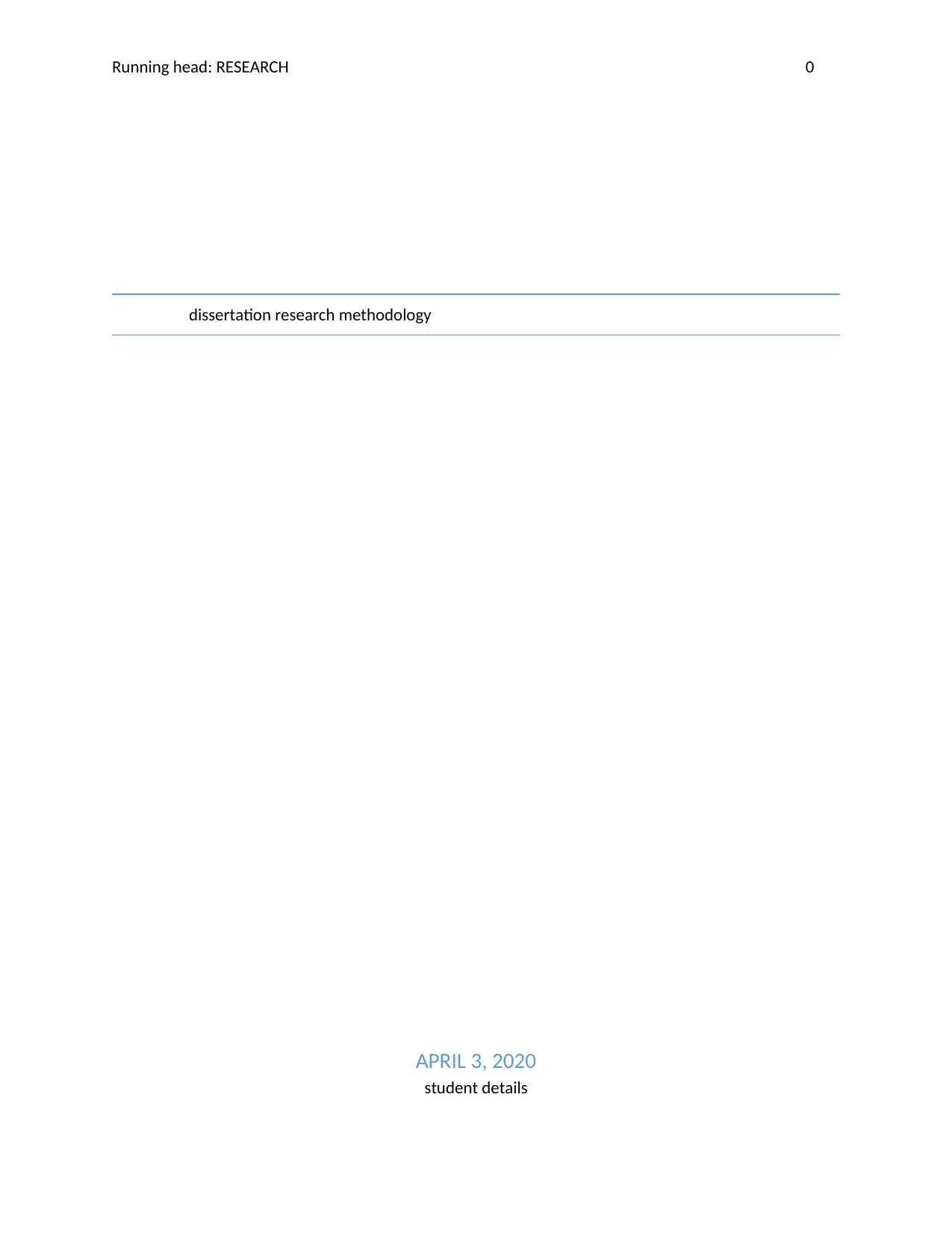
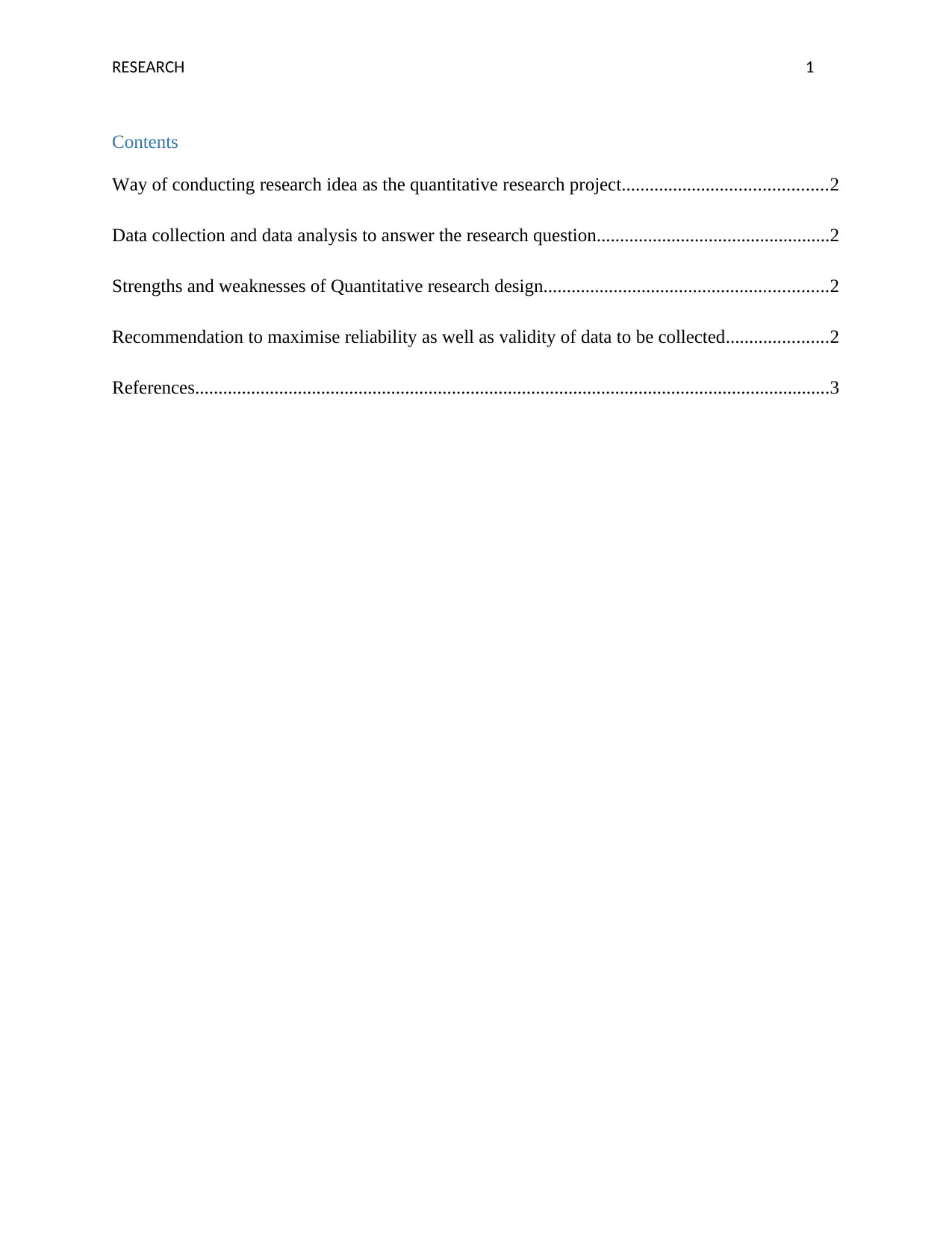
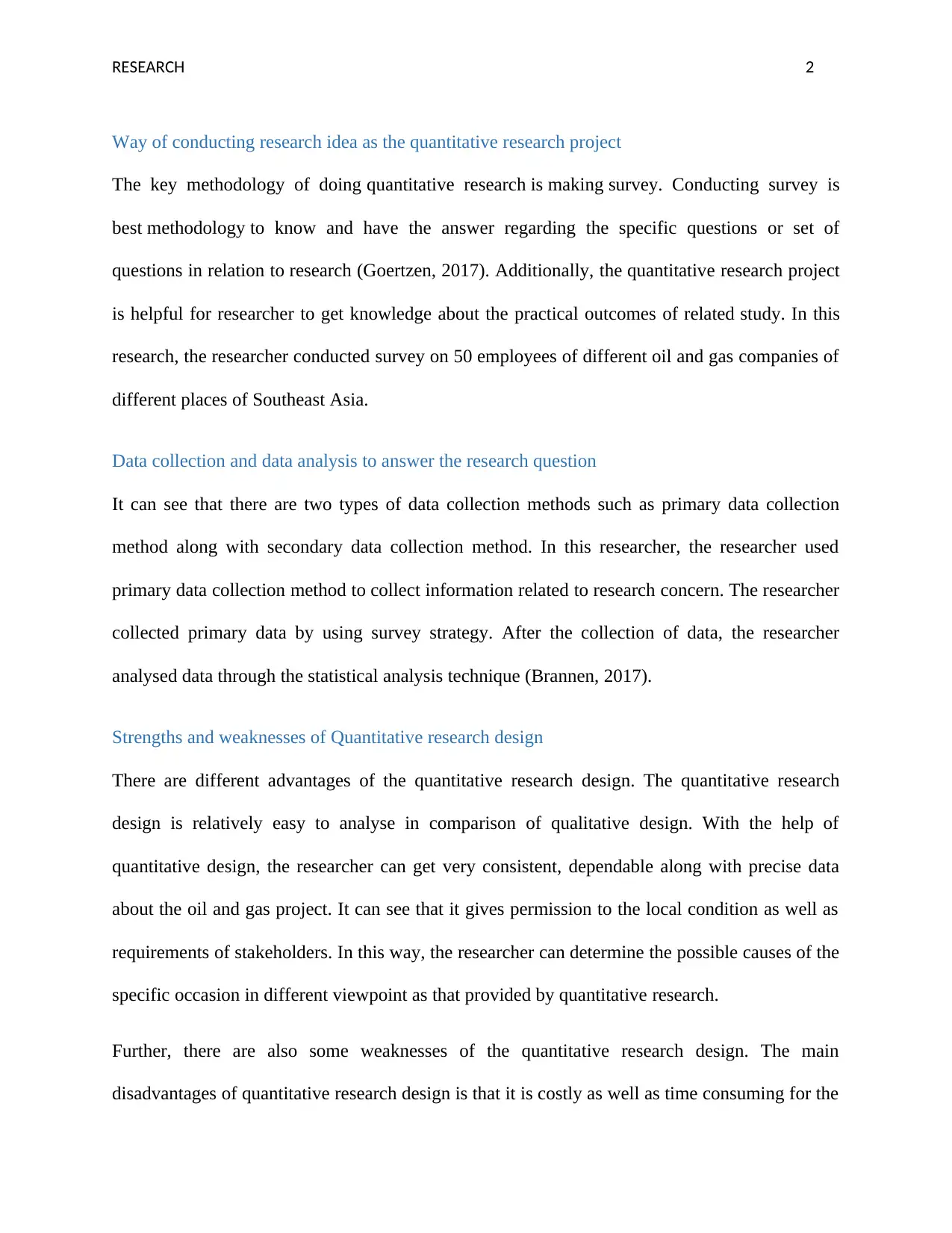

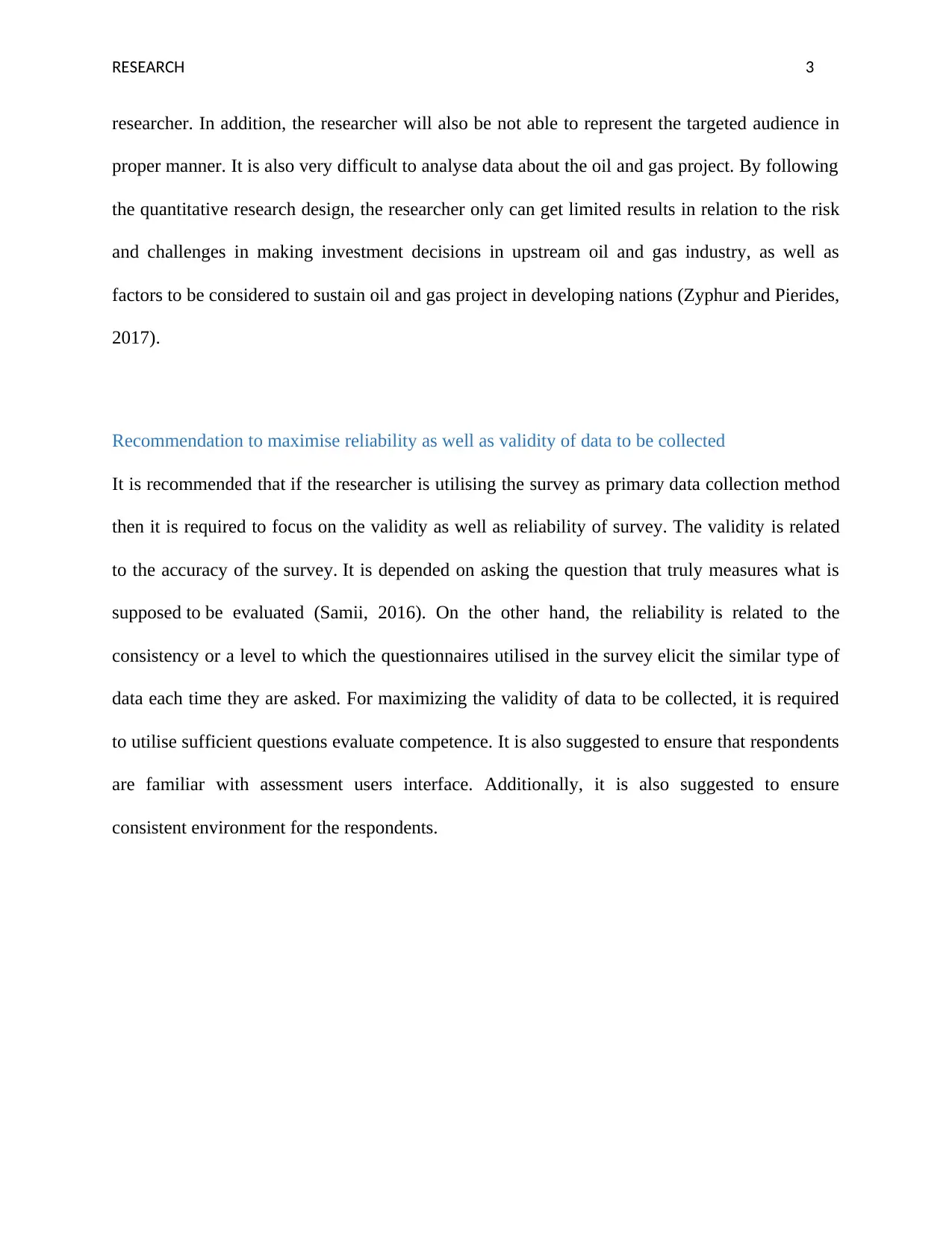
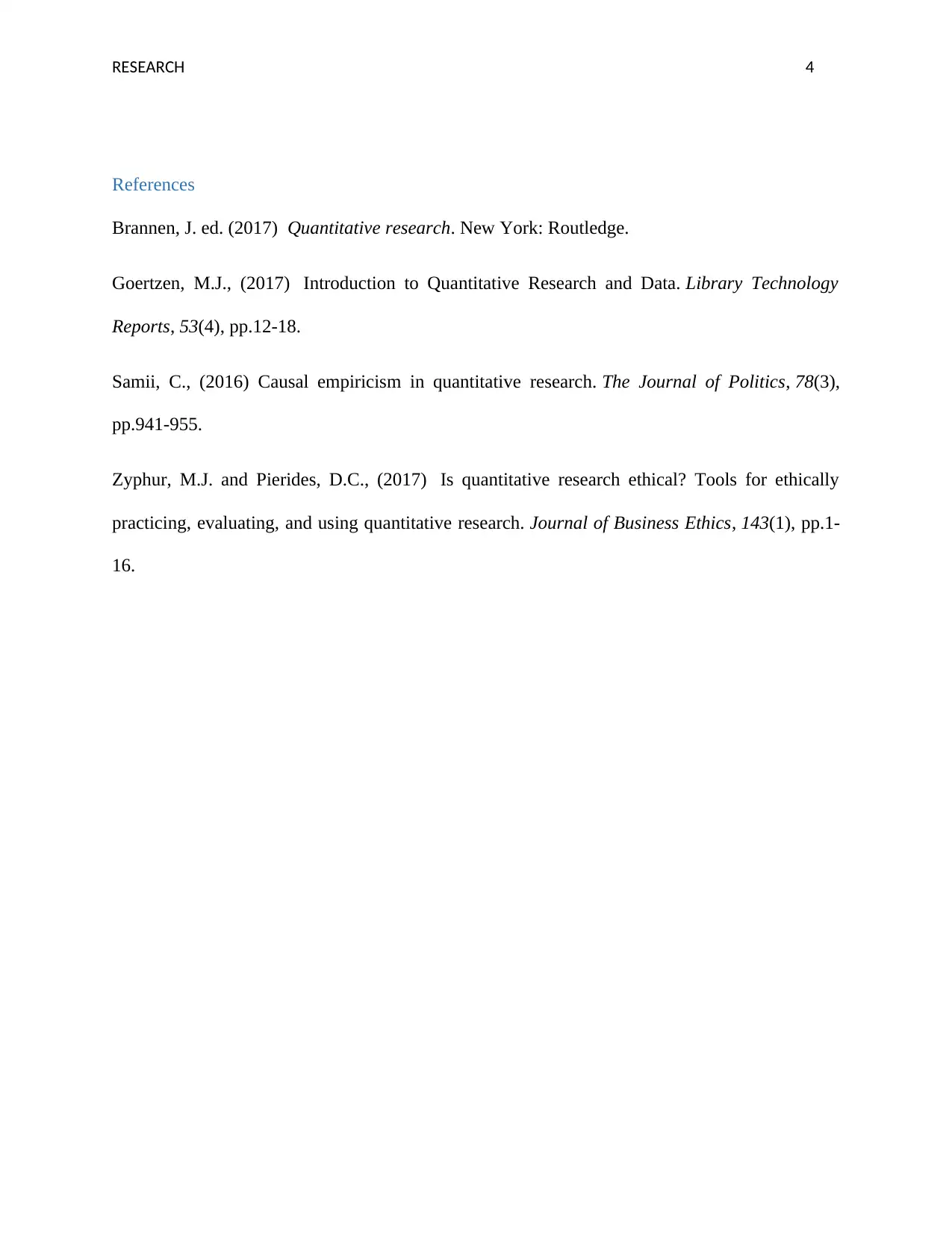






![[object Object]](/_next/static/media/star-bottom.7253800d.svg)